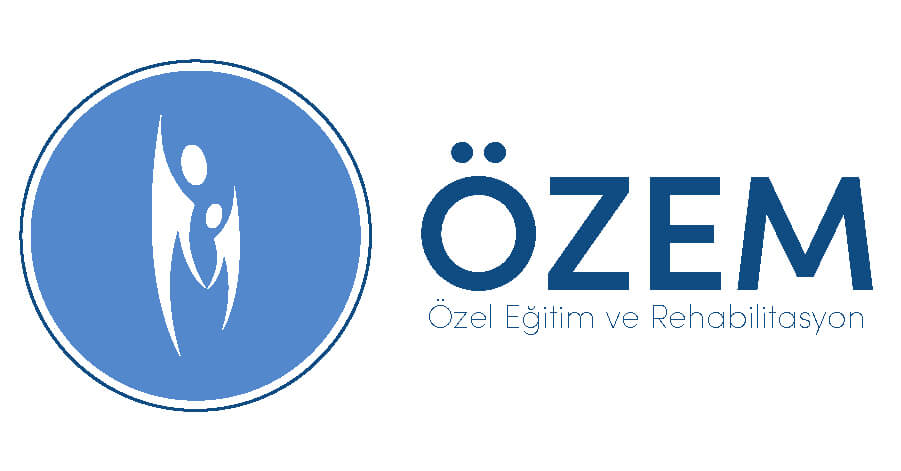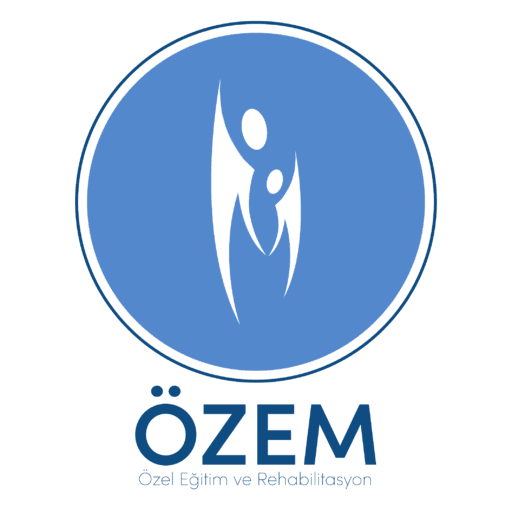Five Useful Strategies for Students with Dyslexia

What is dyslexia?
To the International Dyslexia Association according to dyslexia, origin neurobiological (for example in the brain) defined as a specific learning disability.
words quickly and accurately spelling and vocalization, as well as difficulties in learning to recognize (decoding) characterized by difficulties with.
These difficulties typically result from a deficiency in the phonological component of language. (well, breaking down and hearing individual sounds in words).
Difficulties experienced by dyslexic students, incompatible with the other abilities of the individual.
Difficulty in reading words can also affect reading comprehension. can cause problems.
These difficulties, It may prevent the growth of children's vocabulary and background knowledge, leading to a decrease in reading motivation.”
Not: People often think that dyslexia is reversing letters or numbers..
Some students with dyslexia, although it reverses the sounds in words when reading or spelling, this is because, are difficulties with phonetics and word recognition rather than a specific problem with inversions.
What are the symptoms of dyslexia?
Dyslexia is a problem that can affect adults as well as children.. Mentioned symptoms may vary depending on age and the degree of this problem.. In general, the letters that are the origin of the word and the symptoms related to the transfer of the word into speech are considered common.. The attribution of dyslexia as a reading problem is due to the fact that it is generally noticed during literacy education in primary education..
In the pre-primary period, no child 1-2 Caution should be exercised as there may be symptoms indicating the presence of dyslexia at the age of. Especially 15 in children who have completed their first month but have not yet uttered their first word, and 2 The risk of detecting dyslexia in the future is considered to be high in children who have not been able to form their first sentence until the age of. However, it should not be forgotten that this situation does not apply to all members of the society..
5 There are some signs and symptoms that may indicate the presence of dyslexia in children younger than age:
- Having trouble learning and remembering letters in the alphabet
- Difficulty learning words related to self-care
- Having trouble recognizing the letters that make up your own name
- Difficulty speaking or pronouncing similar words like younger people
- Inability to perceive the rhyming pattern in lullabies and other folkloric texts
Dyslexia can be congenital., It can also occur traumatically after birth.. congenital dyslexia, may result from complications that may occur before or during delivery. However, understanding the symptoms of the disease coincides with the primary school periods.. Because children who start learning to read and write at primary school read slower than their peers., syllable skipping is seen in the writer and his readings.
These children have difficulty writing similar letters and often confuse them.. while reading at the same time “d” letter “b” with the letter, “p” letter “g” It is possible to confuse it with the letter. Because his memory is weaker than his peers, they remember less or have difficulty remembering the topics covered in previous lessons. In general, it is important to evaluate primary school children with these symptoms in terms of dyslexia..
In general, the symptoms of dyslexia in primary school children are as follows::
- The emergence of fluency problems in reading and writing,
- Experiencing problems in spelling and decoding of words,
- Primary school age child's inability to understand what he is reading or being distracted while reading,
- Children who do not have difficulties in reading and writing, inability to understand advanced grammar skills,
- Weaker physical activities than their peers due to poor coordination in fine motor skills,
- Lack of concentration compared to their peers and accordingly difficulty in performing an action,
- There are connection disorders and logic errors between the sentences that the individual makes while expressing himself.,
- Behaving shyly while reading and reading aloud are among the most prominent symptoms of dyslexia in children in this age group..
In the period between the second grade and the end of primary education, the child's teachers may not recognize the presence of dyslexia.. Educators need to be careful, as children with dyslexia can hide their reading problems in crowded classrooms.. Many symptoms may occur in a child with dyslexia who reaches secondary school.:
- Extremely slow reading
- Audience's understanding of awkwardness in pronunciation while reading
- Having problems learning new words
- Don't be afraid to read texts aloud
- Overuse of expressions used to fill in the gaps of speech
- Making pronunciation mistakes in long and complex words
- Having pretty bad handwriting
- Difficulty remembering dates and names
Dyslexia can also be detected in older children and adults, except for younger age groups.. Reading to these people, math problem solving, There are indications on subjects such as memorization and time management..
Adult dyslexic patients may have trouble putting together information they read or hear, or making out the main idea.. Problems with understanding idioms and jokes are another problem that can be encountered in adult dyslexia patients..
Apart from these symptoms, various findings may occur in adults with dyslexia.:
- Difficulty focusing on a task
- Avoiding participation in planning meetings and exchanges of ideas
- Feeling pressure and burnout in detailed works
- Overreacting to mistakes
- Having strict personal boundaries
- More effective learning than reading by doing or visually
- Easily affected by stress
- Experiencing a lack of self-confidence
Development of reading ability is the basis of treatment planning in adult dyslexia patients.. Facilitating business life can be supported by getting therapy on occupational issues.. These individuals can also make their lives easier by taking advantage of technological opportunities.. Recording and replaying especially important meetings and conversations, Making use of speech-to-text applications and applying to planning software are among the various methods that adult dyslexia patients can apply..
What are the causes of dyslexia?
Although studies on dyslexia have been going on for many years, scientists still have not been able to reach the exact causes of this disease.. Despite all this, it is known that dyslexia is caused by differences in gene or brain development.. The main reason for this view, Determining that approximately 40% of siblings of individuals with dyslexia have reading difficulties., likewise, approximately 49% of their parents have dyslexia.. In addition, scientists have discovered several genes that are thought to be linked to reading and comprehension difficulties..
The reason why this disease is thought to occur due to the anatomy and functioning of the brain is, anatomical differences in the brain between individuals with and without dyslexia. The corpus callosum, which is the structure that connects the two hemispheres of the brain, has structural differences in dyslexia patients compared to normal individuals.. Apart from this structure, various differences regarding the left hemisphere in dyslexia patients are also considered among the causes of dyslexia.
Scientific research is still ongoing to determine the exact causes of dyslexia..
How to diagnose dyslexia?
Dyslexia can be quite difficult to diagnose because it has multiple symptoms.. For the definitive diagnosis of the disease, it is necessary to make an evaluation at school or individually.. The most effective way of making this diagnosis in schools, primary school teachers know their students well..
Primary school children with dyslexia symptoms, should first be referred to the hospital to diagnose whether they have a hearing or vision problem.. If there is no apparent problem in the child's senses, dyslexia can be evaluated..
Although there are school psychologists abroad to make this assessment,, Unfortunately, this application is not yet available in our country.. However, with a few dyslexia tests performed by guidance trainers or psychological counselors in schools, the child's weaknesses can be determined..
There are several criteria evaluated in the diagnostic approach to dyslexia.:
- Evaluation of the presence of similar problems in family members
- intelligence level
- Evaluation of speaking skill
- word recognition
- Evaluation of fluency in speaking and reading
- reading comprehension
- Evaluation of vocabulary
- Comprehension of new and different words and assessment of reading
- Phonological (pronunciation) assessment of the functioning of a person's brain in terms of
Findings can be compared with test results to facilitate diagnosis.. If family members also have dyslexia, suspicion of dyslexia becomes stronger. With the evaluation of all these results by a specialist, the definitive diagnosis of the disease can be made..
What research tells us about effective interventions for dyslexic students?
Research on dyslexia , of the most effective dyslexia interventions Orton-Gillingham method says it stands .
The Orton-Gillingham method includes the following five components:
- Intervention, personalized to meet the student's needs and act at their pace.
This, means that the intervention should start at the level the student is currently at, with the intention of gradually increasing the difficulty as the student makes improvements, and these are monitored by the instructor.
Intervention is mostly done one-on-one or in small groups, but can be adapted to a class.
You can ask your teacher to evaluate your student's reading level or on how to evaluate You can call ÖZEM SPECIAL EDUCATION CENTER.
- So much to engage various parts of the brain- sensory and interactive activitiesused.
Approach visual, auditory and kinesthetic (motion based) encourages learning.
- instructors, Uses clear and direct instruction to create solid links for sound/symbol relationships and alphabetic principles.
Both videos presented in this article show examples of explicit-direct instruction.
Other useful articles may include: How to Teach Phonemic Awareness ve 10 Fun Activity Teaching Letter Sounds to Teacher .
- Lessons should be sequential and structured, that is, activities should start with simple concepts and work their way up to more complex ones..
Letter families of students, sets etc.. order of introduction (for example, at, it, ed), based on logical steps built on top of each other.
- Lessons, should include consistent feedback and positive reinforcement.
Here is where the teacher provides continuous feedback (giving the student the necessary information to continue or add to the existing knowledge base) and positive reinforcement (encourage students and special praise don't give ) a great example of a structured literacy lesson it provides.
Constructivist feedback , means providing input to students who are actively involved in the construction of what they do.
While the teacher provides continuous feedback, the student actively constructs the words learned.
restructuring of words, uses a multi-sensory approach. This kind of approach, Recommended for students with dyslexia or other difficulties with reading words.
Ses, It is very sensory as it uses the senses of sight and touch. Movement is also included in a multi-sensory approach.
This, may involve whole body movements or moving letters to form a word.
Reinforced feedback might sound something like: "TRUE, it says Ben .
“n” letter “t” when you change it to Ben , “Great job changing the letter and finding the new word” saying bet entry .
Now “t”do “d” Let's see what happens if we change it to.
Özem Dyslexia Study Unit

